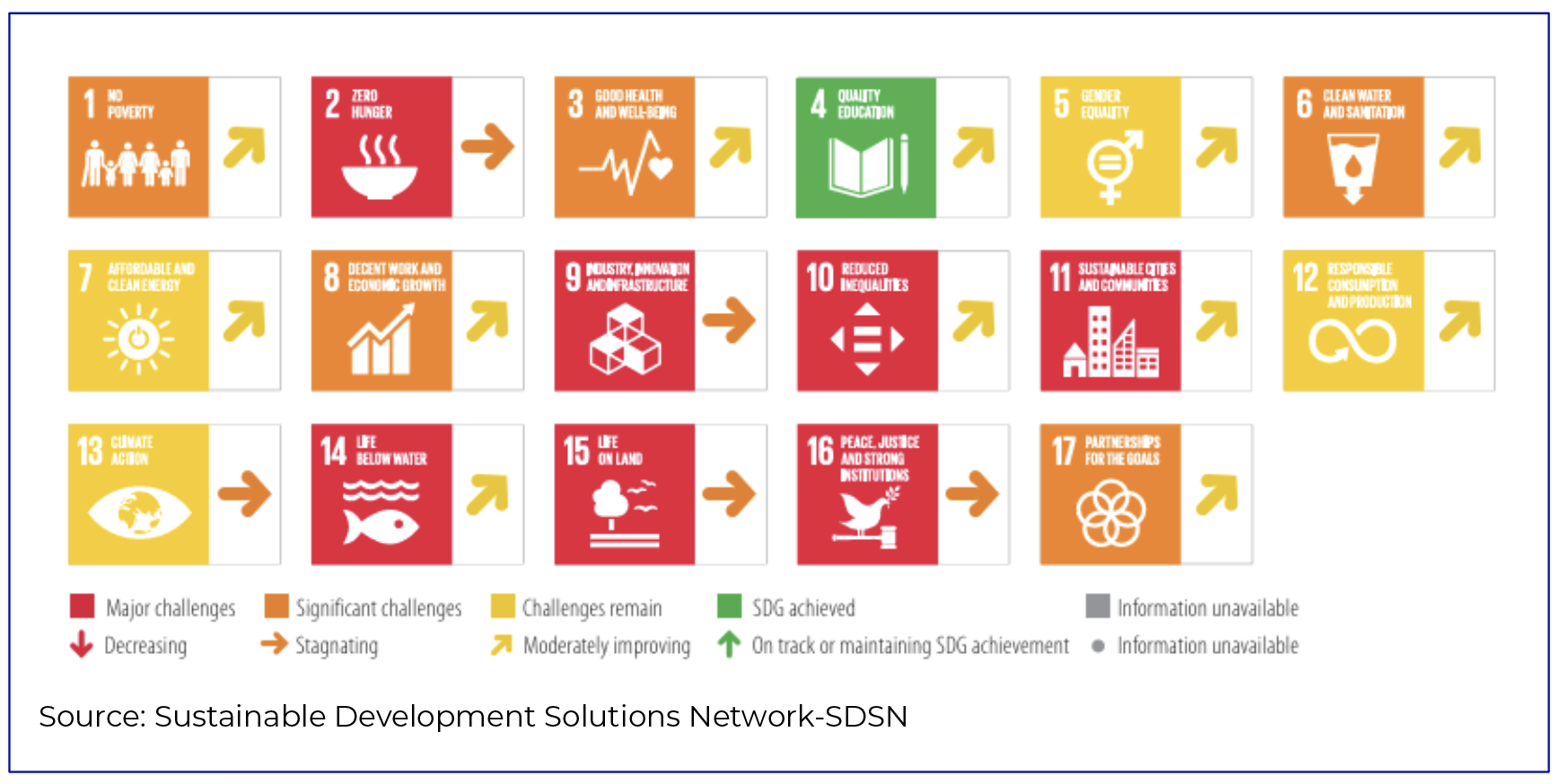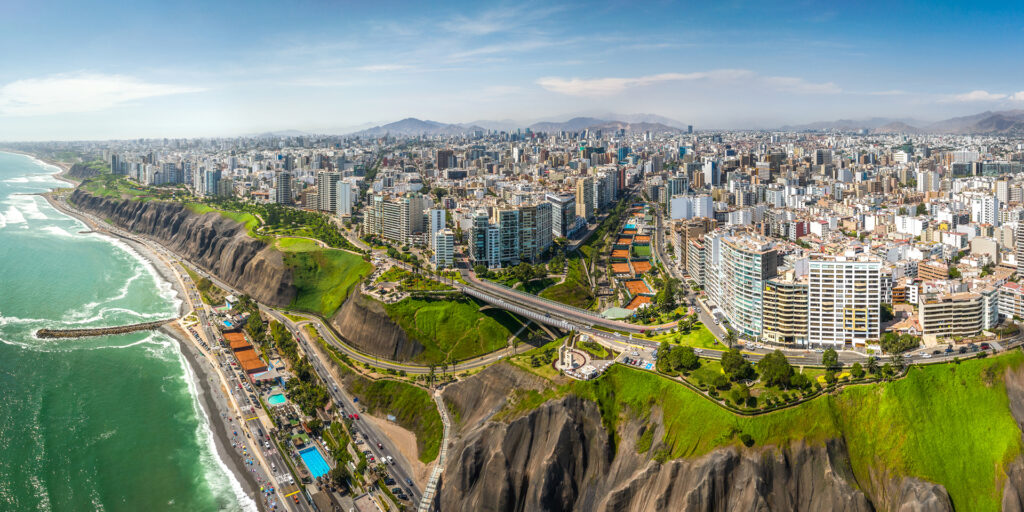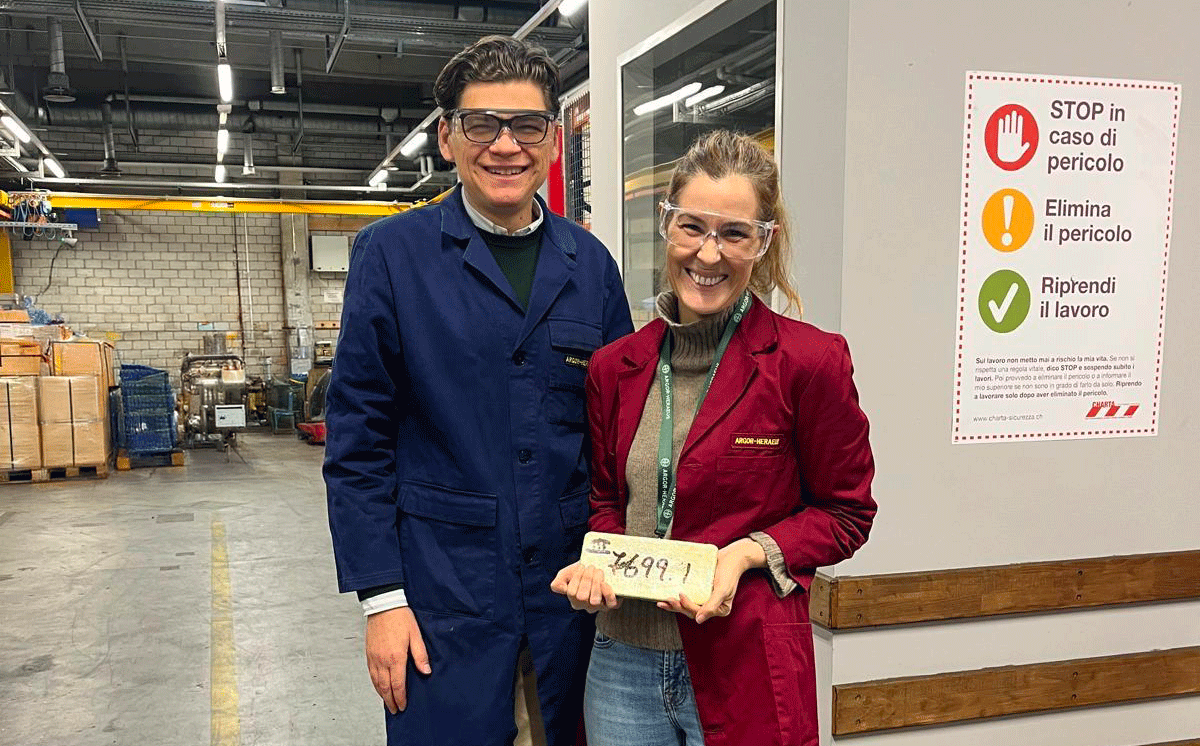Sustainable Development Goals: Peru leads the way in Latin America
While the picture remains mixed at the global level, the country has made significant progress on several SDGs, starting with access to quality education and, to a lesser extent, decent work.
As it does every year, the United Nations Department of Economic and Social Affairs (UNDESA) has just published its report on the Sustainable Development Goals (SDGs). The report assesses the progress made by each of the 193 Member States on the 17 SDGs adopted in 2015 with a view to achieving them by 2030. The SDGs are an urgent call to action for all countries, developed and developing alike, within the framework of a global partnership. They recognise that the elimination of poverty and other deprivations must go hand in hand with strategies to improve health and education, reduce inequalities and stimulate economic growth.

A mixed picture at the global level
What is the situation in 2025, ten years after the adoption of this framework? At the global level, none of the 17 goals is currently on track to be achieved by 2030. Conflicts, structural vulnerabilities and limited fiscal space are hindering the achievement of the SDGs in many parts of the world. However, while only 17% of targets are on track to be achieved globally, most UN Member States have made significant progress in areas related to access to basic services and infrastructure, including mobile broadband usage (SDG 9), access to electricity (SDG 7), internet usage (SDG 9), under-five mortality (SDG 3) and neonatal mortality (SDG 3).
For many developing countries, the lack of fiscal space is the main obstacle to achieving the SDGs. Around half of the world’s population lives in countries that are unable to invest sufficiently in sustainable development due to the burden of debt and lack of access to affordable, long-term capital.

Strong regional performance by Peru
Despite this mixed overall picture, some countries are managing to do very well. This is particularly true of Peru, whose overall score has risen by 8.7 points over the past 10 years to reach 72.7, compared with a regional average (Latin America and the Caribbean) of 70.3. Ranked 65th out of 167 countries worldwide in terms of SDG achievement, Peru has made the most progress over the past 10 years among all countries in the region.
Specifically, progress has been made on 12 of the 17 SDGs in the benchmark. Among these, access to quality education (SDG 4) stands out as one of the country’s most significant achievements. To a lesser extent, access to decent work (SDG 8) is also improving, while the protection of life on land (SDG 15) remains below target. These are all issues that OCIM intends to address forcefully by facilitating the formalisation of ASM communities through its new gold production activity, given that the artisanal mining sector plays a major role in the country’s socio-economic landscape.






